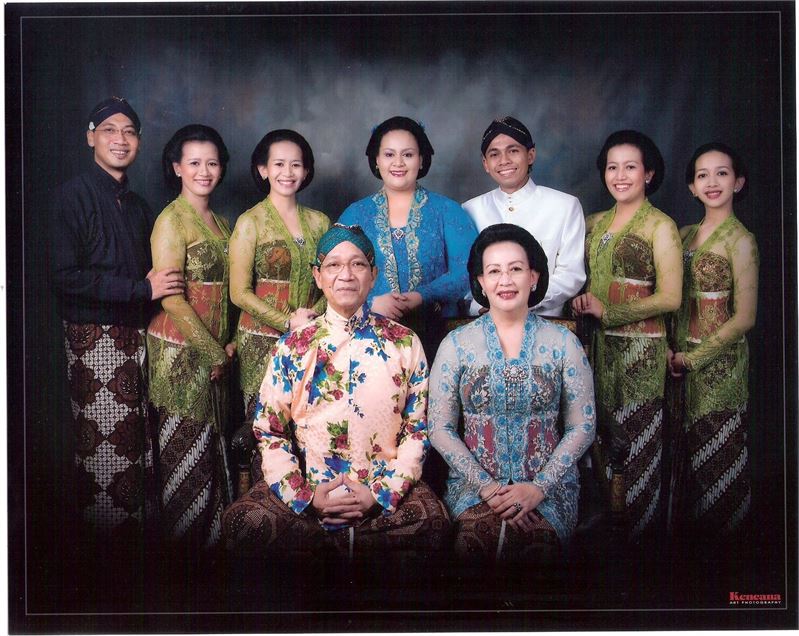As the sun dips below the horizon in Indonesia, a tapestry of tradition and nature is unveiled through the intricate art of batik. This centuries-old craft represents more than just a stunning cultural legacy; it encapsulates the Indonesian identity and the nation's deep respect for its environment.
Batik, which was inscribed on UNESCO's Representative List of the Intangible Cultural Heritage of Humanity in 2009, is a technique that uses wax-resist dyeing on silk or cotton fabric to create detailed patterns. The art form finds its roots in Java, dating back to the 19th century, though its exact origin remains shrouded in mystery. Over time, batik has spread across Indonesia, becoming a vital part of everyday life and ceremonial traditions.
The process of creating batik is a labor of love, taking days, weeks, or even months to complete by hand. Artisans start with a clean mind through prayer and fasting, ensuring their work reflects purity of intention. Patterns are drawn on fabric using hot wax and a tool called a "canting," creating intricate designs that resist the dye. Natural dyes made from plant sources such as cassava, banana root, and palm sugar bring the fabric to life. The eco-friendly methods reflect Indonesia's commitment to preserving both its heritage and the environment.
Batik patterns are deeply symbolic, each design carrying specific meanings related to life events or cultural values. For instance, the "naga" pattern, with its snaking curves, symbolizes prosperity and fertility and is worn by first-time mothers during the mitoni ceremony in the seventh month of pregnancy. The "sidomukti" pattern, representing happiness, and the "temurun" pattern, symbolizing love, are cherished and passed down as family heirlooms.
The traditional art form extends beyond personal attire, with influences seen in other cultural elements such as wayang puppet plays and kris daggers. Batik patterns help convey characters' social status and personalities in these traditional performances, blending the visual with the narrative.
Batik's relevance endures in modern Indonesia, with local and national efforts supporting its continued use and evolution. Formal occasions often feature batik attire, and public awareness campaigns encourage citizens to wear batik regularly. Schools in Pekalongan, a region known for batik, now include batik culture in their curriculum, fostering a sense of pride and continuity in the next generation.
The enduring beauty of batik lies not only in its artistry but also in its ability to adapt, integrating new patterns inspired by modern trends while preserving its traditional roots. As batik continues to evolve and thrive, it remains a living heritage—a vibrant thread woven into the fabric of Indonesia's cultural identity. Through the collaborative efforts of artisans, educators, and government support, batik stands poised to enchant and inspire future generations.
This article is part of our ongoing coverage of intangible cultural heritages around the world.

Photo of Sri Sultan Hamengku Buwono X and His Family Wearing Batik with Royal Patterns, Photo courtesy of G. Mancacaritadipura.
Applying Wax Resist to Large Areas of Cloth (Nemboki or Moompik), Photo Courtesy of G. Mancacaritadipura
Children engage in a batik-making workshop at the Pekalongan Batik Museum. Photo courtesy of G. Mancacaritadipura.
April 12, 2024. Contributed by Publisher & Editor Dr. Seong-Yong Park.